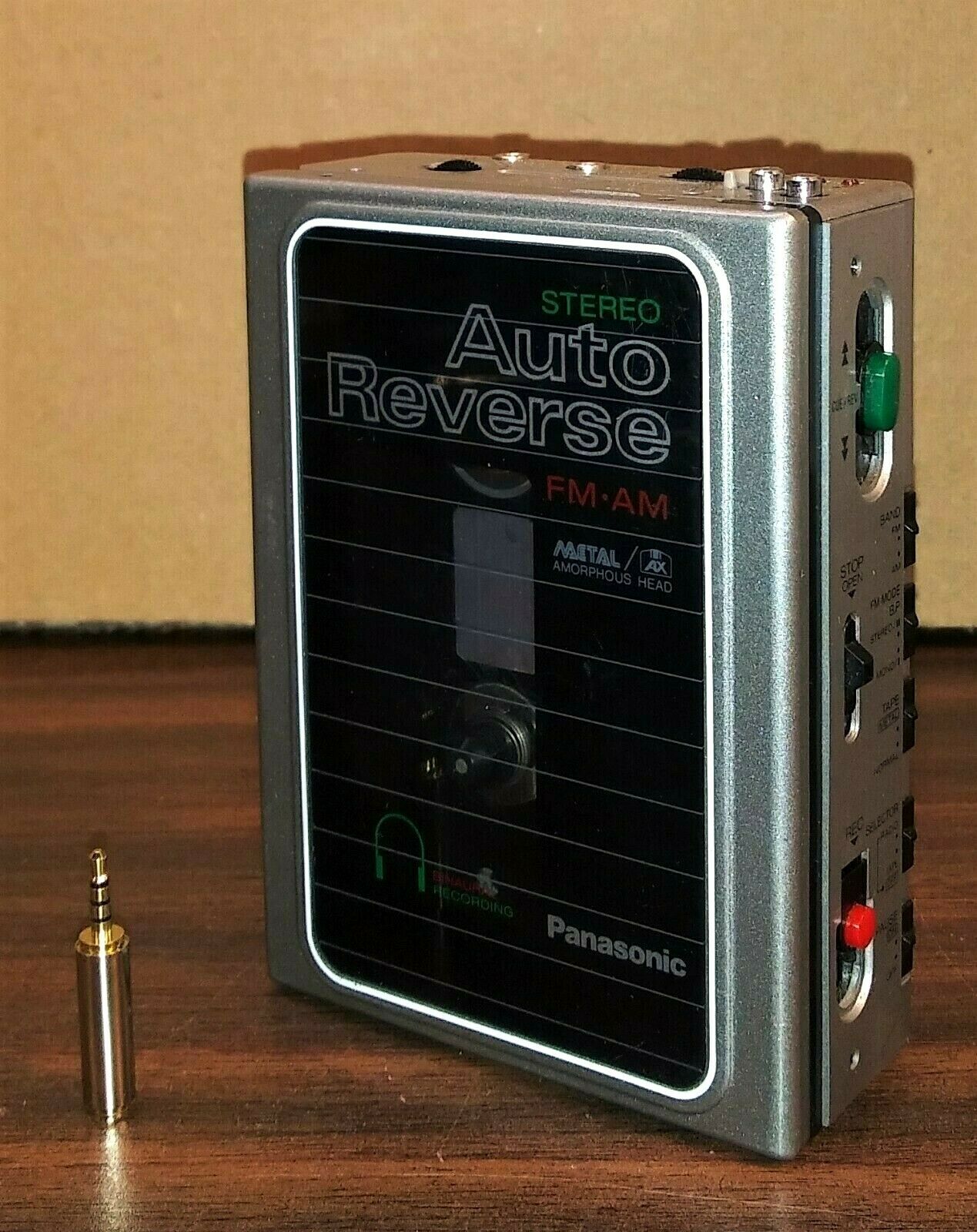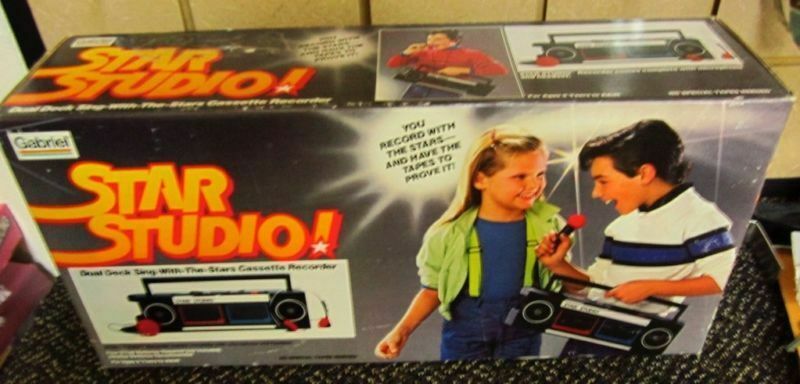-40%
Superscope Marantz Professional Cassette Recorder CD-320 AS-IS SEE DESCRIPTION
$ 31.67
- Description
- Size Guide
Description
Superscope Marantz Professional Cassette Recorder CD-320 As-Is See DescriptionUNIT POWERS ON AND WORKS SELLING ON CONSIGNMENT FOR A CLIENT.The unit does need new belts will leave up to new owner
Item will be shipped with FedEx ground shipping shipping only
Shipping rates do not apply to PO Box, Alaska, Hawaii and Puerto Rico Please email complete address for shipping cost to your location
…………………~~~Specifications~~~~~……….
Hi sorry to text Type: 2-head, single compact cassette deck
Track System: 4-track, 2-channel stereo
Tape Speed: 4.75 cm/s
Heads: 1 x record/playback, 1 x erase
Motor: DC servo
Tape Type: type I, CrO2, FeCr
Noise Reduction: B
Input: 20mV (line)
Output: 0.8V (line)
Semiconductors: 20 x transistors, 24 x diodes, 5 x IC
Dimensions: 293 x 82 x 195mm
Weight: 3.2kg
Year: 1978
The Superscope CD-320 is a stereo cassette deck with Dolby B noise reduction, it was introduced by Superscope in 1978 and discontinued 4 years later in 1982.
The main features of the Superscope CD-320 are: 2 heads, analog 3 digit tape counter, manual tape type selection with support for normal and chrome tapes, belt driven single-capstan transport.
Typical of this deck is the 70's top loading layout with the cassette compartiment located on the right side of the deck. Tape eject is operated mechanically and the cassette needs to be placed with the side to be played facing forward in the cassette well.
Level meters used on the CD-320 are analog needle VU reading meters. Mechanical transport controls for reliable CD-320 transport function selection.
The Dolby-B system reduces tape hiss on tapes recorded on the CD-320 by as much as 10 dB at the highest frequencies.
To make live recordings this deck has 2 microphone inputs to connect microphones with a jack connector. For undisturbed listening a jack connector for a pair of stereo headphones is supplied. Connection to other audio components for plaback can be achieved by a RCA cable and recording from a source by a RCA cable.



















